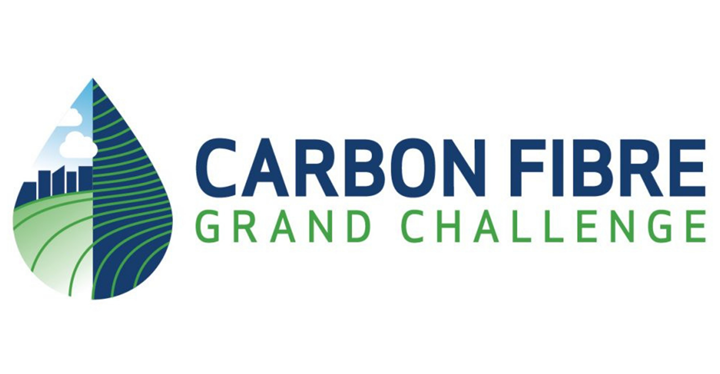Carbon Fibre Grand Challenge completes Phase II, anticipates competition winners
The Carbon Fibre Grand Challenge is a three-phase competition that aims to accelerate the development and large-scale production of carbon fiber derived from Alberta Innovate’s bitumen supply.

Photo Credit: Alberta Innovates
It was reported back in March 2021 that Alberta Innovates (Alberta, Canada) and the Clean Resource Innovation Network (CRIN, Canada) announced the completion of Phase I of the Carbon Fibre Grand Challenge (CFGC) and the launch of Phase II. Nineteen teams from across Canada, the U.S. and Australia participated in Phase I of the competition where several demonstrated they could successfully produce strands of carbon fiber from Alberta bitumen, a black viscous mixture of hydrocarbons obtained naturally or as a residue from petroleum distillation.
CFGC is a $15 million three-phase competition with the objective of accelerating the development of large-scale production pathways for short and continuous carbon fiber from bitumen-derived asphaltenes and promoting their use in manufactured products. The CFGC is part of an initiative by Alberta Innovates to further the development of non-combustion products and its production technologies, derived from bitumen contained in Alberta’s oil sands. At present, most bitumen products are destined for energy generation by combustion (i.e., gasoline, diesel and heating oil).
Carbon fiber is one of the identified products that could be made from bitumen. Further, bitumen-derived asphaltenes are estimated to have significantly smaller environmental impacts than carbon fiber produced from other sources, including agriculture and forestry.
With Phase I of the CFGC completed, teams in Phase II focused on producing larger volumes of carbon fiber with higher performance properties. Teams have also worked to progress the technology and the pathway to manage sulfur and metal content in asphaltenes. This phase was a $5 million competition supported by a $3 million investment from CRIN through ecosystem development funds provided by the Government of Canada’s Strategic Innovation Fund (SIF), and $2 million from Alberta Innovates. Application deadlines were April 27, with Phase II winners to be announced soon.
Phase III demonstrations will be occurring January 2023-December 2024 with the objective of designing, developing and demonstrating a pre-commercial carbon fiber production process using Alberta oil sand asphaltenes.
“Carbon fiber is a real and practical alternative to traditional uses for Alberta’s vast bitumen reserves. The value locked in Alberta’s resources is tremendous. The work we do today, and the discoveries that we are making, will provide benefits for Albertans for decades to come,” says Laura Kilcrease, CEO, Alberta Innovates.
The CFGC is open to technology developers, industry (including small, medium and large size enterprises), industry associations, research and development (R&D) organizations, post-secondary institutions, not-for-profit organizations and government research labs. For more competition and eligibility details visit Alberta Innovate’s website.
Related Content
-
ASCEND program update: Designing next-gen, high-rate auto and aerospace composites
GKN Aerospace, McLaren Automotive and U.K.-based partners share goals and progress aiming at high-rate, Industry 4.0-enabled, sustainable materials and processes.
-
Plant tour: Arris Composites, Berkeley, Calif., U.S.
The creator of Additive Molding is leveraging automation and thermoplastics to provide high-volume, high-quality, sustainable composites manufacturing services.
-
Watch: A practical view of sustainability in composites product development
Markus Beer of Forward Engineering addresses definitions of sustainability, how to approach sustainability goals, the role of life cycle analysis (LCA) and social, environmental and governmental driving forces. Watch his “CW Tech Days: Sustainability” presentation.
















